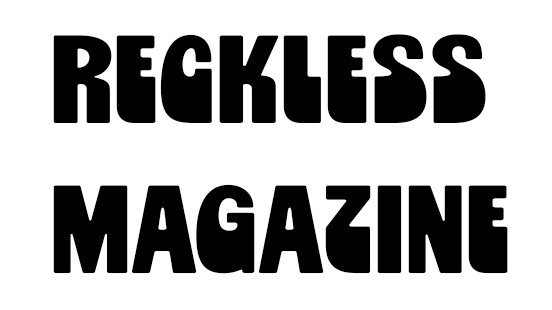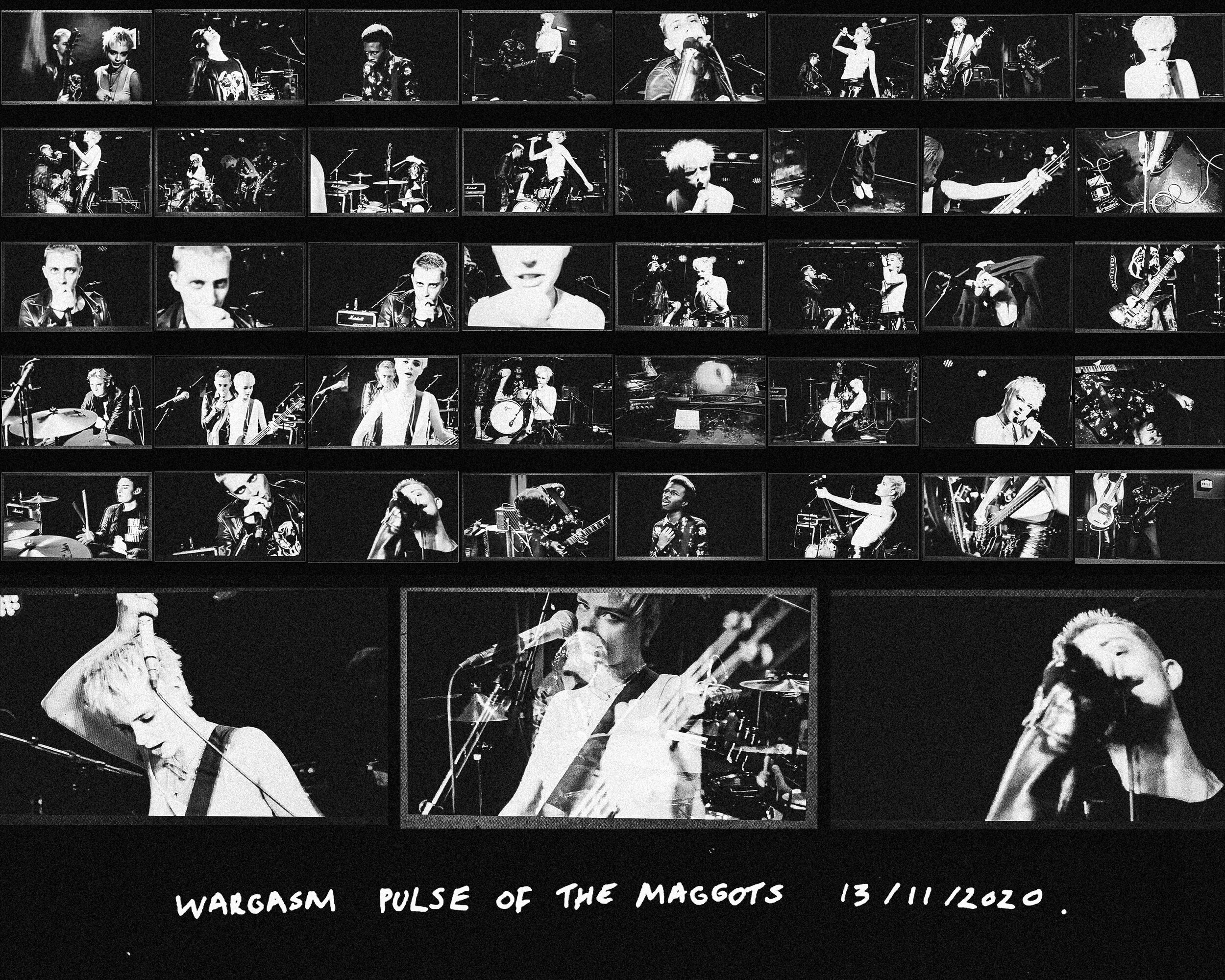PONYBOY

Raw, Stylized, Dark
Photography By Alexander Thompson
Alexander Thompson is a New York City fashion photographer who has worked with icons such as Blondie, Boy George, and Amanda Lepore. Alexander opens up about being inspired by the rockabilly music scene, his publication Ponyboy Magazine, and keeping up with what’s new and stylish.
New York City, USA
Austin Kauris
How did you begin your journey as a photographer?
I graduated with a degree in advertising from the University of Texas in Austin, then fled to New York City like a lot of people do. My first job was working for an entertainment company, a 9 to 5, mid-town gig. I quickly realized that the office life was not for me, especially not when I was hanging out at hip downtown nightclubs till 4am. Somebody I knew suggested getting into photography, which sparked my curiosity. So I quit my job and took classes at the School of Visual Arts, while working odd jobs. Eventually I got into photo assisting and worked with some incredible photographers, including the late great Richard Avedon.
What have you learned along the way?
What I’ve learned along the way is just to go with the flow, try things and see how they work out. Not to get too hung up on whether or not I could accomplish something or that I might fail. Just do it, give it your best shot. It’s all an experience.
What are three words that describe your photography style?
Raw, stylized…dark.
Your work is highly influenced by Rockabilly style and music. Why does the Rockabilly scene inspire you?
I grew up in the ‘80s, watching MTV. It was our bible so to speak, before the internet. It’s where I really had my introduction to rockabilly, more specifically neo-rockabilly via the Stray Cats. That band really sparked my interest in the music and style. They were so different and unique looking, wearing the best clothes and pompadours - just really incredible style in their early years.
Then in the late ‘90s a friend dragged me to see Robert Gordon perform in the East Village. I was just blown away, not only by his performance, but the entire rockabilly scene as well. People were dressed up in vintage inspired,1950s clothing. It was just so visual and really popped, especially at night. I had never seen anything like that before. I started really hanging out in that scene, going to different parties. I remember Rodeo Bar on Saturday night featuring a lot of fantastic rockabilly bands from all over.
After a while I realized that the NYC scene was pretty small. And I was desperate to take photos, to document the scene. A friend told me about the annual Viva Las Vegas rockabilly weekender. I eventually saved up enough money to go, and took several portraits of stylish rockabilly people with my Mamiya RZ67 film camera. People came from all over the world - Japan, Spain, the UK. It was such a visual overload, photo ops everywhere you turned. I especially loved all those LA Mexican rockabilly kids - they always have the most fantastic style hands down. Viva just really threw me into that orbit. It was always so much fun shooting and meeting these people. I really became one of them. I went from wearing wife beaters and cuffed jeans, to really getting into collecting and wearing ‘50s gabardines/menswear.
You were born in Colombia and now live in New York City. How does your Colombian roots mixed with living in the city influence you as an artist?
I was born in Colombia, but raised in the US. My mother divorced my Colombian father and remarried an American man who adopted me. I became a US citizen when I was 6 years old. Spanish was not spoken in our home. I just naturally drifted from those early hispanic roots. I’m very proud to be of Latino descent. But the last time I was in Colombia was when I was 6 years old. It’s such a long lost memory really. If anything I just identify as a New Yorker, as I’ve lived here for the majority of my life. New York City is my inspiration. Everything about it. Anything from ‘60s Velvet Underground/Warhol scene to ‘70s CBGB’s bands like the Ramones and Blondie. It’s just everything to me.
Tell the story behind one of your images.
My “Kate Moss” polaroid. Back in the early 2000s, Kate was the biggest supermodel in the world. A magazine asked me to shoot her for a feature. But Kate was only in NYC for a week, and her schedule was super tight. No time for a proper shoot. She told the magazine editor that she was co-hosting a Mick Rock book event, and also attending the Stephen Sprouse memorial. She said, “Tell your photographer to say my assistant’s name, and I’ll let him take a snap of me at one of these events for you to use for your feature”. Well of course I never saw her at either of these events. I was super bummed.
A few days later, I was shooting for Paper Magazine at a tribute for Squeeze Box at Don Hill’s. In walked Kate Moss! I ran over to her and mentioned her assistants name and she agreed to pose for me. I grabbed my Polaroid camera and snapped her. But no Polaroid came out. I realized that I hadn’t changed the film packet from the last time I used my Polaroid camera - idiot. I nervously asked her if she could wait as I reloaded my camera. Well, as soon as that flash went off I could see her from the corner of my eye hightail it so fucking fast! She was gone and that was that. Luckily the polaroid came out stunning. Of course, it’s Kate Moss.
You are the co-founder of the fashion, music, and culture publication Ponyboy Magazine. How does Ponyboy stand out from other magazines? What is the story behind its founding?
Ponyboy is a creative outlet, a way of featuring cool underground NYC people in the music and fashion world, with a heavy lean on vintage style - ‘50s through the ‘80s. And photos, lots of photos. Our inspiration has always been magazines that we read when we were kids - The Face, i-D, NME, Andy Warhol’s Interview. It’s never been about “names” per se. Just people who are doing something cool and different. I’ve always been interested in what’s new, young and stylish. I would way rather shoot or feature a band full of new cool kids who take inspiration from the past, as opposed to a band of older, middle-aged men. Don’t get me wrong, I love the old rock idols that I grew up on (and I’m no spring chicken myself). But I’ve always been about what’s new - what’s next.
What are the greatest joys and greatest struggles of running a magazine?
It’s really great connecting with new people, whether it’s shooting them or coordinating with them via email. I’d say the trickiest part, especially in the beginning, was getting clothing from showrooms or models from agencies for fashion editorials. Most were really only interested in top tier mags, fancy print publications. Not us. We were too small and underground. It was a lot of no responses. So we just did what we could, borrowed people’s clothes or used our own vintage. And did some “shop and return”, new or designer labels haha. We still shop vintage and thrift shops, flea markets etc. Our personal clothing collection has become quite the vintage archive at this point. If a showroom or clothing company lends us clothes, we make sure to only use what’s vintage inspired as we’re super picky. Those two things were really always the biggest struggle though. Models and clothing. It’s much easier these days.
You have shot many cultural icons such as Debbie Harry, Boy George, and Amanda Lepore. What was it like shooting with legendary artists? Which shoots do you remember the most and why?
Shooting a music legend is always inspiring. Debbie Harry really is the new wave/punk Marilyn Monroe. I remember buying Blondie’s Autoamerican record, as well as a really cool poster of Debbie that I hung up on my bedroom wall as a teenager. I’m a real fan! Photographing Boy George was interesting in that I remember seeing him on heavy rotation on MTV in Culture Club videos back in the early ‘80s. It was a real trip looking through my viewfinder and seeing George. He looked terrific, pretty much the same, minus the long hair. Super pleasant.
Amanda Lepore is a living doll. I photographed her at her apartment in the Hotel 17, where she’s lived for ages. After the shoot she lit up a joint and I took some tokes, which was different for me as I don’t smoke weed. But I just couldn’t pass up that opportunity to smoke pot with Amanda Lepore. Other favorite shoots I remember are Yungblud (lots of energy!), Shia LeBeouf (underage drinking!), and Kim Gordon and Thurston Moore from Sonic Youth (more legends).
Your love for rock n' roll has led you to document tons of underground bands. Which bands should we check out?
There’s some great NYC bands out now. Daddy Long Legs is a really special rhythm & blues trio fronted by Brian Hurd. He’s a real star on stage, an entertainer that does not disappoint. Another gem is Flasyd, a punk band fronted by the very beautiful Syd Suuux. I just love the Trashbags, old school punk founded by Chuck Bones and Moan Elisa from the Cast. Cumgirl8, Bad Vacation and Castle Rat are all really noteworthy and unique in their own way.
What would you tell 10 year old Alexander?
Fuck what anyone else thinks or says about you. Just do what you want to do. Be different, unique. Don’t conform. And ditch the “friends” in your life who try to bring you down, criticize your endeavors. Stand out!
What's next for you?
Ponyboy has been around for about 10 years now. More recently I was appointed the creative director for Reserved Magazine, a hard cover print publication featuring fashion/art/music. In the long run, my dream has always been to do a 1950s, rockabilly book on mens style, featuring both the fashion editorials and never before seen greaser portraits I’ve taken over the years from the music scene. And I also plan on doing a book on Polaroids from my NYC nightclub days when I was a DJ in the late 90s/early 2000s. I have hundreds in an old box!
You Can Check Out Ponyboy Magazine here.
To See More of Alexander’s Work, Follow @alexanderthompsonphotographer
Reiley
Pucci Pop
Allie Concanon
Aiden Yobear
Dean Dempsey
Bart Jan Mulder
Calvin Luo
Stella Courrages
Daniel Walters
Drew Robinson
Groupie Girl
Miles Montierth
Neat Neat Neat
Neon Music
Kirra
Uni & The Urchins
Willy Chavarria
Visual Tales
Yungblud





